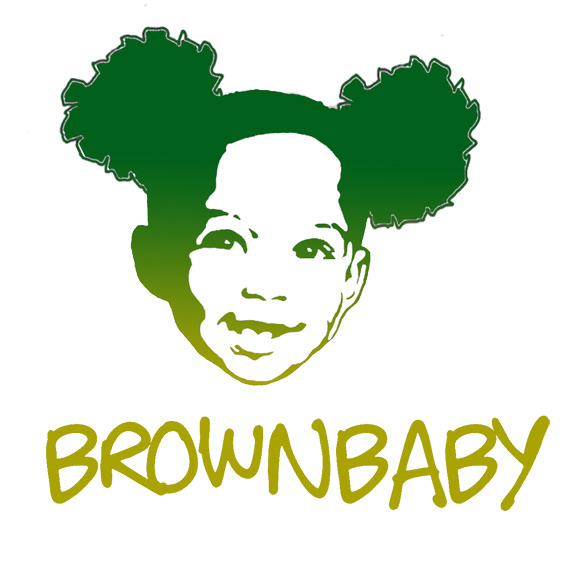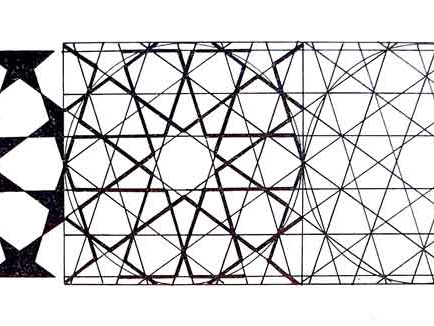There is no single unifying feature which characterises African patterns but rather they are significant for their diversity. Humans and animals are frequently represented, both figuratively and stylistically, and the tendency to distort natural forms for the purpose of emphasising certain characteristics leads to the repeated use of geometric forms. Triangles, Diamonds, squares and chevrons/zigzags appear again and a game, from textiles to wood to pottery.
Often geometric patterns are given names suggestive of a perceived visual relationship between the pattern and an animal.
The Portuguese were the first far distant outsiders to explore the west coast of Africa, seeking to control the trade in gold, ivory and pepper. They landed in Sierra Leone in 1460 and in the kingdom of Benin in 1485. The Portuguese significantly influenced the art of the region. They commissioned carved ivory oliphants, salt sellers, spoons, forks and dagger handles from the Sapi and Benin craftsmen.
The bronze or rather brass Benin plaques in the British Museum were made after the Portuguese arrived, and images of the Portuguese in 16th century costume, including European military dress, figure in the plaques regularly. They are distinguishable by their long hair, pointed noses and ears and are also represented in a more stylised form.
The art of west Africa today is being significantly influenced from the North. In particular Islam has had an impact on the iconography of designs and patterns. It is traditionally thought that Islam prohibits figurative representation in art, but this has not necessarily lead to the demise of representational forms in West Africa. Anthropologists have found that indigenous cults and the Muslim religion can coexist, sometimes merging, and Islam has been able to spread over so much of Africa possibly because of this ability to tolerate rather than to overrun indigenous cultures.
From the 13th to the 14th century the vast coastal kingdom of Kongo flourished, producing many beautifully decorated textiles, maps, baskets and carved wooden figures, distinctive for the elaborate geometric patterns.
What forms produced throughout Africa are broadly related to the geography and economy of the area and the way of wife of the people. Pastoralists, like the Maasai in Kenya, who herd their animals across large distances, tend not to have developed traditions of sculpture, metal casting and house decoration. Instead, their art is portable - Decorated gourds, painted shields, body painting and jewellery.
South eastern Africa is more fertile and is divided into chiefdoms, with mixed economies and herding and farming. In Zimbabwe, and part of the orange free state, extends to stone architecture. This architecture reached its summit in the building of the city of Great Zimbabwe. The huge stone walls of Great Zimbabwe probably fortified the centre of political power and control. Many of the walls were patterned in different styles according to the period when they were built. Sculptured soapstone bird figures were found on pillars and this bird is now the emblem of Zimbabwe. The craft of stone carving has recently re-emerged in Zimbabwe and there are now many sculptors learning the technique.
The earliest known form of art is rock painting, drawn by the nomadic people of Southern Africa and the Sahara. Some of the earliest have been excavated in the media, in strata of between 19000 and 26000 years old. The paintings are on portable pebbles and stones and Include depictions of rhinoceros and half human, half animal forms. Surviving paintings and engravings on rock shelters are younger but more difficult to accurately date. Some probably date from the late Stone Age about 10,000bc. These paintings show people dancing, skinning animals, medicine men performing rituals, animals being hunted, hands, bows and arrows and geometric patterns.
Designs on bodies, jewellery, clothes and houses will help to establish personal and communal identity. Signs and symbols have special meaning for members of specific communities. In African art there is a tendency to distort natural forms for the purpose of emphasising certain characteristics, and with the application of symbolic motifs, this leads to a predominance of geometric forms. Variations of different geometric shapes and patterns occur throughout African art, and probably reach their summit in Islamic designs.
Islamic patterns provide a good example of the way in which patterns are created in an attempt to interpret and express the world around us. Underlying all Islamic design is the need to express the unity of Allah. That unity holds together the diversity and multiplicity of the world, and this relationship is expressed no better than in the complex interlocking patterns.
There may be various reasons why an object is patterned. The pattern may serve a function, for example to preserve the walls of a house, or it may enhance the status of the owner or the artist, as in some of the highly decorated Kuba vessels.
Yoruba carved wooden doors are often made up of a series of scenes, each one framed or separated from the next bilinear latticework pattern. These borders are called 'eleyofo' in Yoruba and they served to organise the scenes into a narrative order. The door panels are significant as, unlike most African sculpture, they describe events which took place over a period of time.
Specific motifs may have a name and the kuba have over 200 named patterns. Sometimes the name given reflect the shape of the pattern which may have a similarity to something in real life, like the track of an iguana.
The Kuba are extraordinary in their desire to decorate absolutely everything - cooking utensils, furniture, houses, their own bodies, textiles and clothes. A variation in a textile design may be worked on and only when it is satisfactorily different will it be given a new name.
Sometimes patterns or motifs are symbolic. Fante flags have proverbial meanings and can represent historical events. They were used in warfare to communicate provocative messages or to celebrate victory.
Symbolism in Benin art has been studied in detail. The crocodile, the Fish Eagle, the Python and the elephant are all emblems of legitimate authority. The crocodile eating a fish symbolised the ruler exerting authority over the ruled. The hand is a symbol of what can be achieved through personal effort, rather than what is bestowed by destiny.
Perhaps the most striking feature of African art is how often animals are portrayed, figuratively and stylistically. Often the most geometric design is interpreted as being of animal origin.
Creation myths throughout Africa explain the origin of life through the action of animals. For the Yoruba in Nigeria the Earth took shape when a hen scratched it up from the primordial water, and the chameleon came to inspect it. For the Bambara in Mali, knowledge of agriculture was imparted by the antelope and for the Dogon also in Mali, birds, hyenas and monkeys evict spirits of the Dead from the village.
Hierarchies within societies echo hierarchies within the Animal Kingdom. Lions, leopards and elephants are associated with kings and chiefs. In Benin, the king (Oba) and the leopard had a metaphorical relationship. The leopard motif is an emblem of authority and symbolises the Oba's rights to take the life of another human being.







